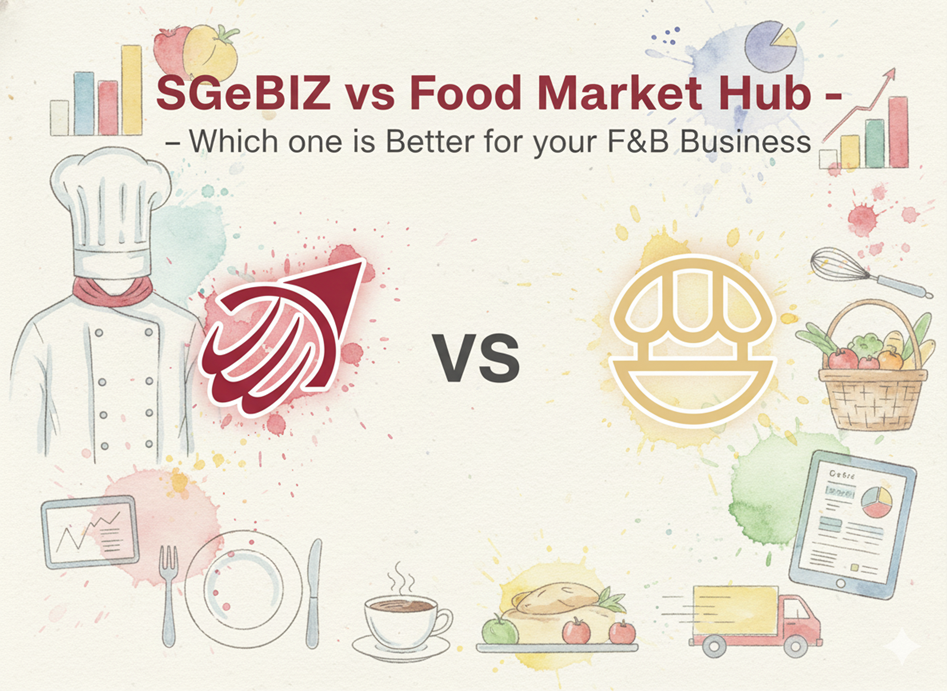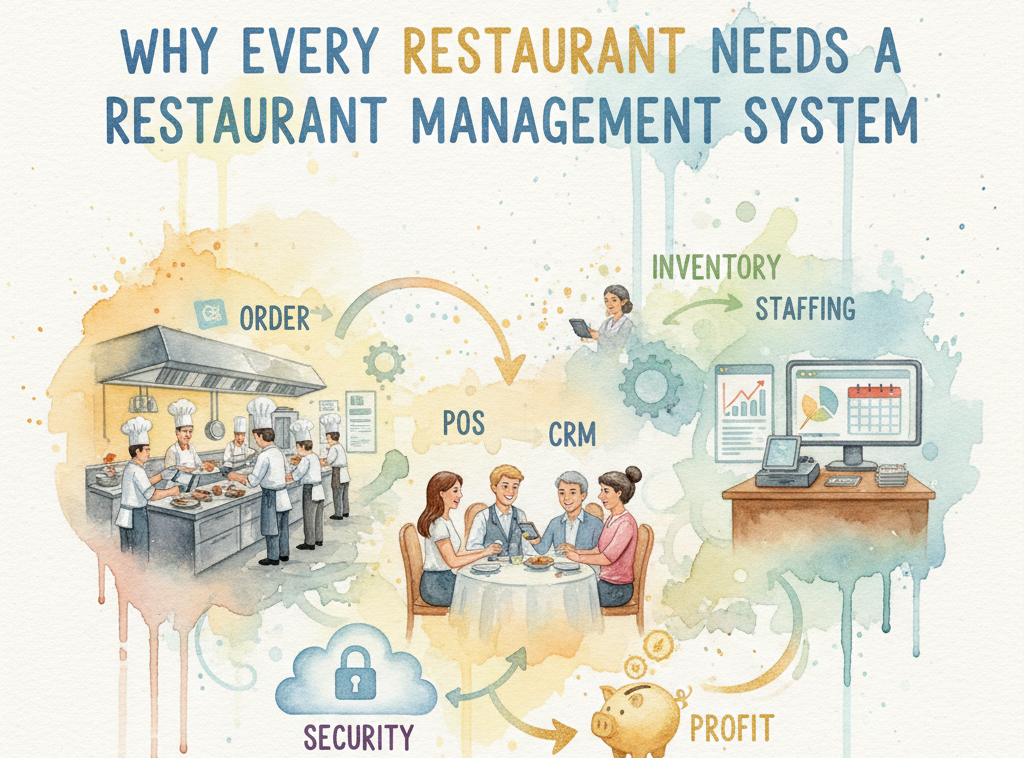The Average Restaurant Food Cost Percentage and How to Optimise It

When it comes to the food business, one of the most important metrics to track is the average food cost percentage. This figure helps business owners understand where their money is being spent and how much they’re making from each dish. By optimizing the average food cost percentage, restaurant owners can make sure that their menu items are profitable, and that their dining establishment stays in the black.
What is restaurant food cost?
Restaurant food cost is the money spent on ingredients and supplies used in food preparation and cooking. This includes raw materials like flour, sugar, dairy, meat, fish, nuts, herbs, spices, oils and other commodities. It also includes consumables such as kitchen utensils, tableware, napkins and packaging.
Food cost percentage is the ratio of total food cost to total sales revenue. The goal of a restaurant is to keep this number at a healthy level while providing delicious meals to its customers.
The ideal food cost percentage
Most restaurants typically strive for a food cost percentage between 28 and 35%. However, as each restaurant is unique, this range should merely be seen as a guide. Factors such as the type of cuisine, service offered and location could result in various other percentages being more profitable. Therefore, it is important to consider these individual characteristics to find the best food cost percentage for your restaurant.
How to calculate the overall food cost percentage
Calculating food cost percentages can be made easier and more efficient by integrating a POS system with inventory management software. However, if you wish to calculate by hand, you will need detailed, accurate records of your inventory and sales. To calculate the total food cost percentage for a store or business, use the following formula:
Total Food Cost Percentage = (Total Cost of Goods Sold / Total Food Sales) x 100
For example, if a restaurant has total food costs of $10,000 and total sales of $20,000, its average food cost percentage would be 50%.
Be sure to apply this formula over the same timeframe when calculating each variable. Total Cost of Goods Sold can be calculated with the following formula:
(Beginning Inventory + Food Purchases) - Ending Inventory
To calculate the food cost percentage of an individual menu item, use this formula:
Food Cost Percentage Per Dish = (Total Cost of Dish Per Serving / Menu Price of Dish) x 100.
This requires every ingredient, garnish, and their respective costs and quantities to be listed for an accurate calculation.
How to calculate the ideal food cost for your restaurant
To ensure accurate and efficient financial management, it is important to calculate the ideal food cost percentage. This formula considers only total costs and sales for each menu item, and does not account for theft and waste. To determine this number, divide your total food costs for a given period of time by the total food sales during that same period.
For example, if total food costs are $3,000 and total food sales are $8,800, then the ideal cost percentage would be 0.34 or 34%.
This figure can then be used to set menu prices, making sure that the restaurant remains financially stable.
With this in mind, if a restaurant was selling a turkey club sandwich with fries for $12.99, with a total cost per serving of $4.75, it would come to a food cost percentage of 36.5%. To achieve the ideal cost percentage of 0.34, the meal should be priced at $13.99 instead.
Calculating the ideal food cost may seem tedious but it is essential for success in the restaurant industry.
How do I optimise it?
Now that you know how to calculate your food cost percentage and your ideal budget, here are some ways to optimise operations and reach your target:
- Adjust Menu Prices: Use the food cost percentage to decide how much you'll charge for each dish, but remember to factor in other costs such as labor and rent.
- Conduct a Menu Engineering Analysis: Break down individual dish costs, then categorise items by profit and popularity to determine which items you should remove or emphasise. Redesign the menu to highlight the most profitable and popular dishes.
- Reduce Food Waste: Manage inventory better and find creative ways to use surplus ingredients. Take steps such as running limited-time specials to minimise food costs and help the planet. Food Market Hub (FMH) is a revolutionary software solution designed to help restaurants reduce their food waste. FMH uses FIFO (First In First Out) logic to ensure that ingredients that come in first are used first, helping to prevent the amount of expired ingredients. Additionally, FMH tracks the usage of each ingredient for each menu and automatically deducts from the stock when a menu is sold. This ensures accurate tracking of inventory and prevents over-ordering, which could lead to excessive wastage due to human error. With Food Market Hub, restaurants can rest assured that their ingredients will be used efficiently and in a timely manner, helping to reduce their food waste and overall cost.
- Find Lower-Cost Suppliers: Make sure you're not getting charged too much for raw materials by asking around your network or even negotiating with current suppliers.
- Decrease Portion Sizes: Plate with smaller portions and offer smaller sizes so customers can choose how much they want to eat. This will not only reduce waste but also save money on inventory.
- Invest in Technology: At Food Market Hub, we understand the importance of keeping food costs low while still delivering delicious meals to customers. That's why we offer a suite of tools designed to help restaurants succeed by giving you transparent insights into your costs and profitability along with AI-powered systems that tell you exactly how much you should order and produce based on the sales history and forecast.
With us by your side, your monthly costs could go down by 15% while still keeping your food cost percentages at healthy levels.










